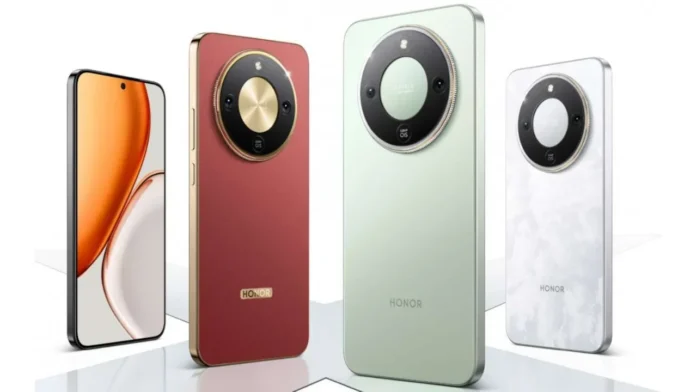I hate being a killjoy, but if something sounds too good to be true, it usually is for a reason. I won’t say that silicon batteries are a scam, but there’s definitely a catch, which is why some of the biggest smartphone companies in the world avoid them.
What’s a silicon-carbon battery?
The Honor X70 has an 8,300 mAh battery | Image credit — Honor
Simply put, you get much higher capacity for a battery of the same size, which allows slim phones and foldables to have better batteries. That’s the reason the Honor Magic V and Oppo Find N5 have larger batteries, despite being thinner than the Galaxy S25 Ultra.
However, that achievement comes with its own problems, which are the likely reason we won’t be seeing more of those batteries anytime soon.
The regulatory issue
You might have heard that there are limitations for flying with lithium-ion batteries. While the whole battery shouldn’t exceed 100 Wh, there’s also a 20 Wh limitation for each individual cell. If a battery exceeds that limit, it has to be treated as a dangerous good, and it wouldn’t be easily allowed on airplanes.
Unlike the US regulators, we usually measure the capacity of smartphone batteries in mAh. That can easily be converted to Wh, and @UniverseIce has recently done the math for some of the most popular smartphones. Here are their capacities in Wh and mAh:
You might wonder how the OnePlus 13 manages to pack a 6,000 mAh battery and pass regulatory checks. After all, its capacity puts it above the 20 Wh limit. The answer is simple and obvious in the notes on the official OnePlus 13specs page – it adopts a dual-cell design, so each individual cell has a capacity of 3,000 mAh.The multi-cell design is also the reason you can carry your laptops and tablets on airplanes without labeling them “dangerous goods.” But that’s not the only challenge with silicon-carbon batteries.
It’s also a question of physics
Even if the major manufacturers follow OnePlus’ example and decide to go the multi-cell way, that won’t solve all issues. One of the greatest challenges that pure silicon batteries face is extreme expansion. When completely charged, the structure of a fully silicon battery can swell up to 300%, which would put mechanical stress on the battery and affect its functioning. I mean, have you ever seen a swollen battery and not worried? I haven’t!
Manufacturers limit the expansion by using a silicon-carbon composite instead of pure silicon. Adding carbon helps the structural integrity, reduces swelling, and helps with other issues. For example, the low electrical conductivity of silicon can slow down charging and lead to the production of more heat, but carbon reduces these effects.
A matter of choice
I’m all in for a battery tech breakthrough that would make my phone last forever, but that’s only part of the equation. More efficient chipsets and improved energy management have already boosted battery life. The next step might simply be using current tech in smarter ways.
Ultimately, it’s all about making a choice. On the one hand are big batteries, which may not retain much of their capacity for more than a couple of years, but will last longer during that time. On the other hand are the smaller batteries, that might need a charge more often, but will likely keep their capacity for all 7 years of software updates we get with modern devices.
The choice Apple, Samsung, and Google appear to be making is a combination of safety and longevity, while some Chinese brands opt for flashy specs. I am with the giants in that regard, but I like that we finally have a different choice.
